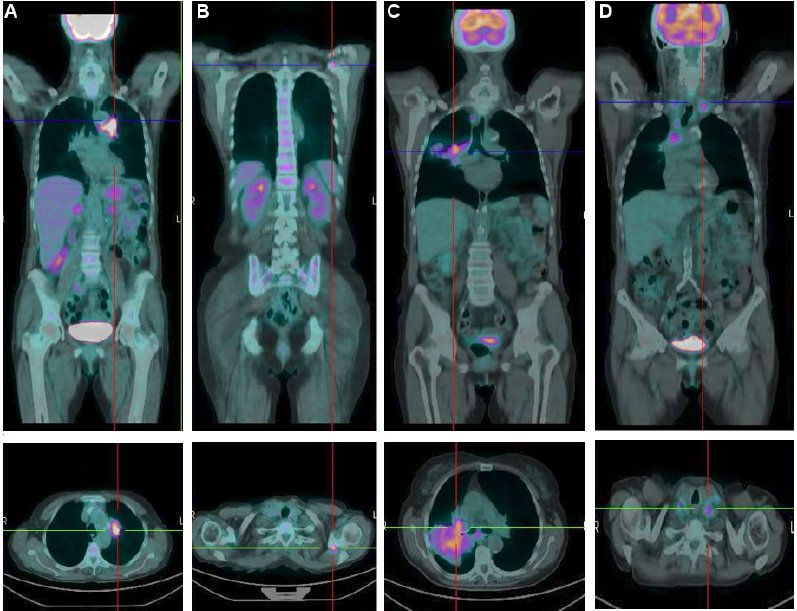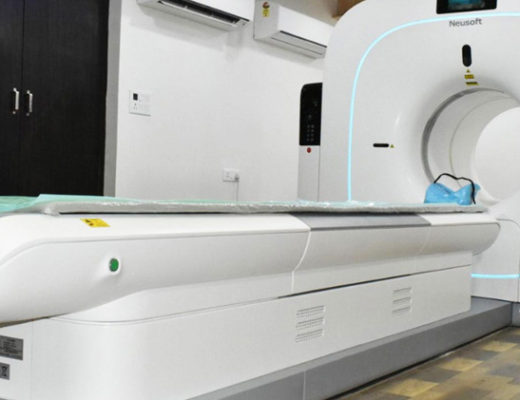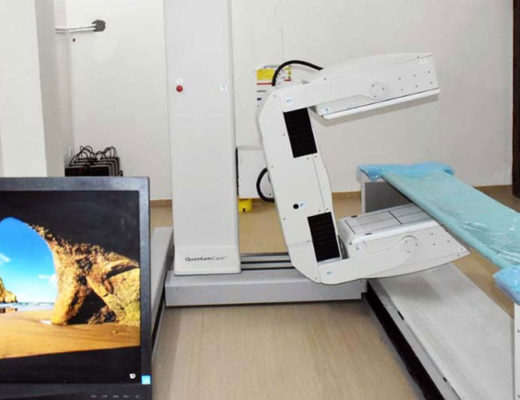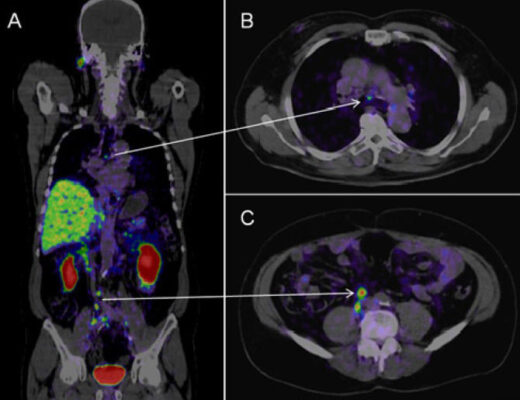Positron Emission Tomography Scan
A PET/CT scan combines two distinct imaging scans into one process using a single equipment. This cutting-edge screening combines two unique technologies to disclose important details on the composition and structure of cells and organs inside the body.
Nuclear imaging methods like positron emission tomography (PET) employ radioactive tracers that are injected or swallowed and subsequently absorbed by bodily tissue. Greater absorption regions (where the body is more chemically active) will be visible during a scan and may point to illness. PET scans can provide information about the body’s ability to digest sugar, the flow of blood or oxygen, and other things. A PET scan could detect malignant tissue that a CAT scan missed.
A 3D cross-sectional picture of the body is produced using computed tomography (CT), which uses X-rays that have been processed by a computer after being acquired from various angles. Compared to X-rays, CT scans generate more exact and accurate pictures. These scans can show the blood vessels supplying a tumour as well as its size, shape, and location. The combined PET/CT scan offers a more thorough diagnosis than either scan alone can provide by delivering information from a single imaging session on the cells, structures, and operations of human tissues and organs.
Advantages of PET/CT Scans
Increased Diagnostic Clarity by 2. It is obvious that even if a PET scan and CT scan show distinct things, when they are combined, patients benefit from a double dose of diagnostic information. A CT scan alone creates comprehensive pictures of the body’s tissues and organs, whereas a PET scan by itself reveals regions of elevated activity within the body. Your doctor can pinpoint the problems and other contributing factors by combining the images. It can aid in determining if a bodily mass is malignant or not.
- In a single scan, pictures are taken that measure the patient’s body’s structure and metabolic performance. It is a reasonably painless process.
- The actual scan is finished in approximately around 30 minutes.
- Simple and unobtrusive The exam is noninvasive and doesn’t require any rehabilitation or downtime following it, except from the initial injection of the radioactive substance. Following a PET / CT scan, patients can resume their regular activities right away.
Why choose a complete body PET scan?
- Aids doctors in choosing a more specific treatment plan and keeping track of the administered treatment or medicine.
- It is the safest, most pleasant, and least intrusive procedure.
- fewer scans are needed to diagnose each organ or bodily portion than would otherwise be necessary for a patient.
- less time-consuming than certain tests, which call for an average of 2-3 visits.
- track the majority of ailments early on,
- In situations like cancer, it can reveal the stage, the extent of the spread, and whether or not the condition is operable.
- It may detect the development of tumours in any organ or tissue.
Analyze patient reaction and therapy efficacy. A good diagnostic method to distinguish tumour recurrences from radiation necrosis or post-surgical alterations is PET/CT, which finds residual or recurring illness. A more logical treatment plan for the patient may be created using this method. By indicating the need for a change in therapy or verifying a response, PET/CT Scan can assist direct ongoing treatment.
Also See: Gamma Camera Based Scans Rohtak, Haryana




